Have you found the perfect apartment in an ideal location that is also within your price range? If so, you might be planning to pack up your stuff and move in as soon as possible. However, make sure to conduct a walkthrough building inspection before moving in or signing a rental agreement with your new landlord.
Unfortunately, a lot of people fail to do a thorough apartment inspection before moving in. This could be blamed on two factors: they either don’t have enough time for the pre-purchase building inspection or they simply believe whatever the property owner or the real estate agent tells them.
Since a security deposit is a terrible thing to lose, it’s really important that you take some time out and visit the apartment before signing any contact. If possible, bring along the landlord and the rental agent as well. In fact, this building inspection before moving in will also help you figure out if you have found the right landlord to sign a rental agreement with.
Essentials for building and apartment inspection
- Camera: to document any structure or aesthetic flaws.
- Notepad and pen: to note down your concerns.
- Mobile phone charger: to check all the electric outlets.
- Electric bulb: to check all the light fixtures.
Building Inspection Checklist
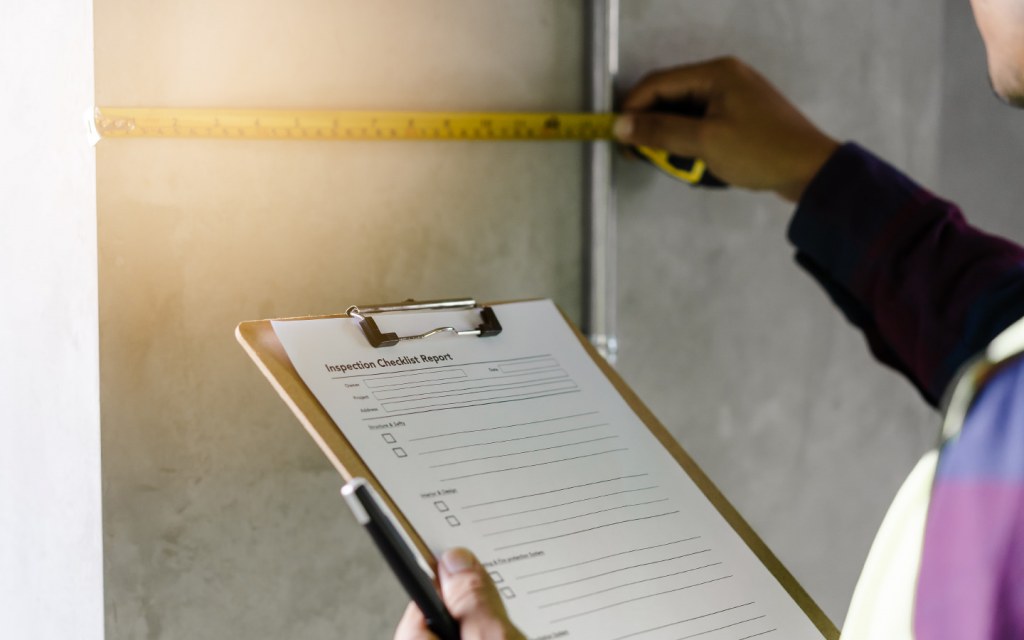
In case you’re wondering if it is necessary to carry out a building inspection before moving in, the answer is yes. You need to make sure the building is suitable for you and your family in terms of cleanliness, security and other amenities.
Here is the building inspection checklist that might help you out.
1. General Cleanliness
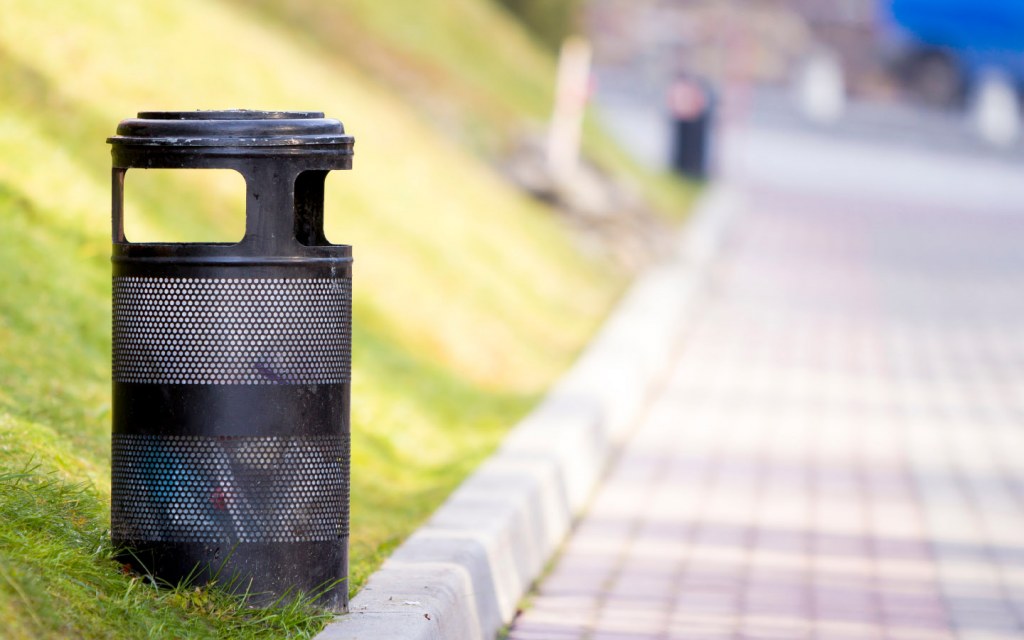
Make sure the apartment complex you are planning to move in as well as the building itself is clean and tidy. Stray cats, sewage or water leaks with garbage strewn all over the place and pungent smell in the air are all major red flags. Lack of cleanliness is perhaps one of the biggest things that fail a home inspection.
If your landlord tells you the apartment union is going to take care of the problem for you, don’t take them at face value. If they haven’t solved these issues for former tenants, they might not solve them for you either. However, before making any drastic decisions, talk to some of the other residents as well to get a better picture.
2. Parking Space

If a designated parking spot does not come along your apartment contract, do a quick survey of the common parking area – if the building has one, that is. If there is a parking lot, ask about its monthly and annual charges along with any other related fees. Also, make sure the area is well-lit and secure. It’s even better if the parking lot has a surveillance system.
3. Security
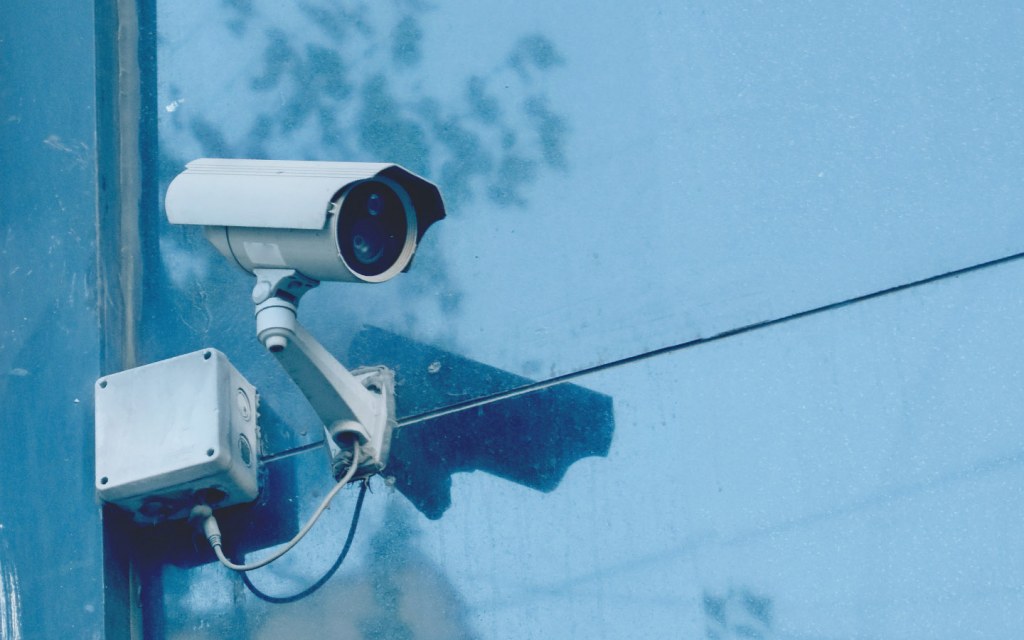
While it might not be possible to have a separate security guard for each building in an apartment complex, you need to make sure if the building administration is taking enough measures to protect the residents against robbers and thieves. Ask other residents if there have been any recent break-ins and if so, how did the burglars enter and escape?
Try to learn as much about the building security system as possible. You also need to check if the guards at the main entrance allow anyone to enter the premises without asking for identification. In addition to that, try visiting the building more than once at different times of the day to see if there is always a guard present at the gate. If the building has a surveillance system, inquire if someone actually monitors the cameras or if they are merely props to placate the tenants.
4. Water and gas supply
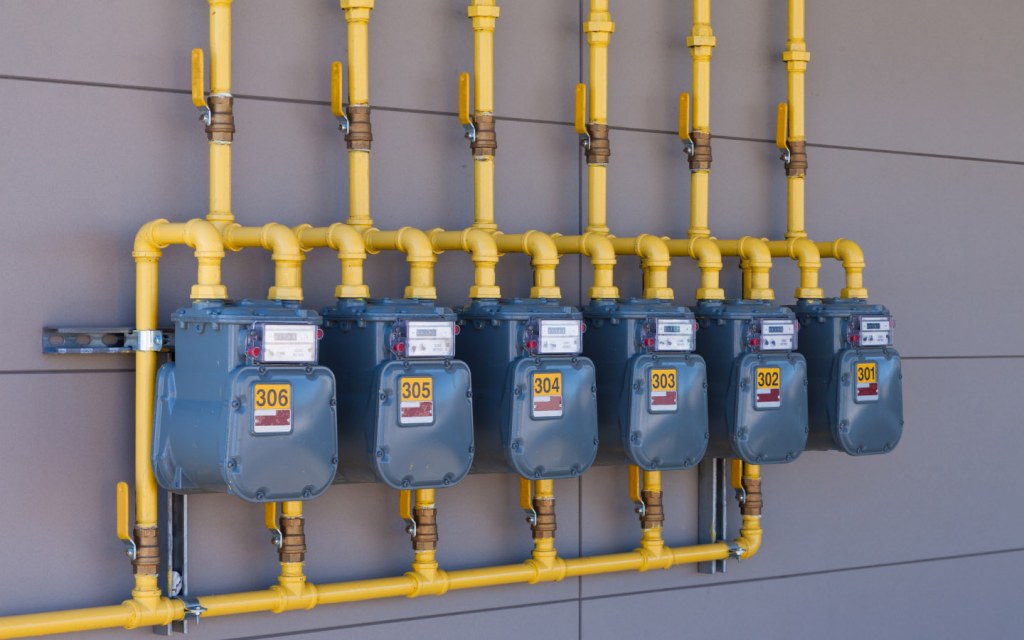
This is perhaps the most important point in a building inspection checklist. Don’t forget to ask the property manager or the apartment owner if the water and gas supplies are uninterrupted. If not, note down the hours when these amenities are available.
If you are planning to move into a luxury apartment in a newly-built project, this should not be a problem. However, if you are planning to rent out a unit in a relatively old building, then you might have to face this inconvenience.
Once again, make sure to confirm everything your rental agent or your landlord tell you with other people living in the building.
5. Exterior
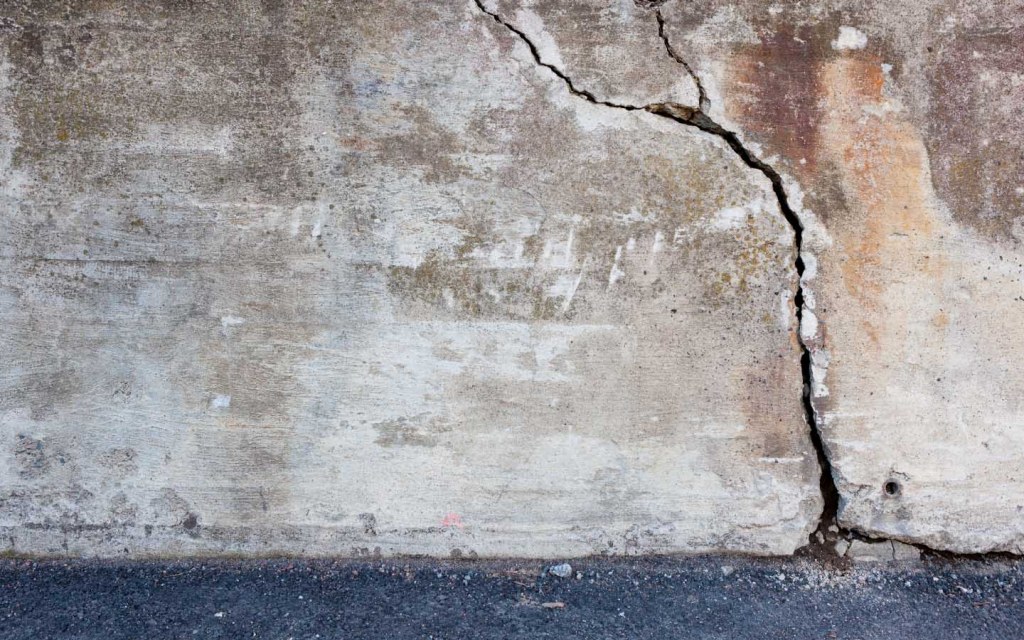
The exterior of the building matters more than you might think. If the paint is old or is chipping away, ask when it would be repainted. Similarly, if there is any structural damage, like a buckling wall or any broken windows, note it down immediately. You also need to remember that not everything is about aesthetics.
If you see any cracks in the walls during the building inspection before moving in, it could be an indicator of water damage or some other defect in the foundation. This could be a serious threat to the stability of the entire structure.
6. Stairs/Elevators
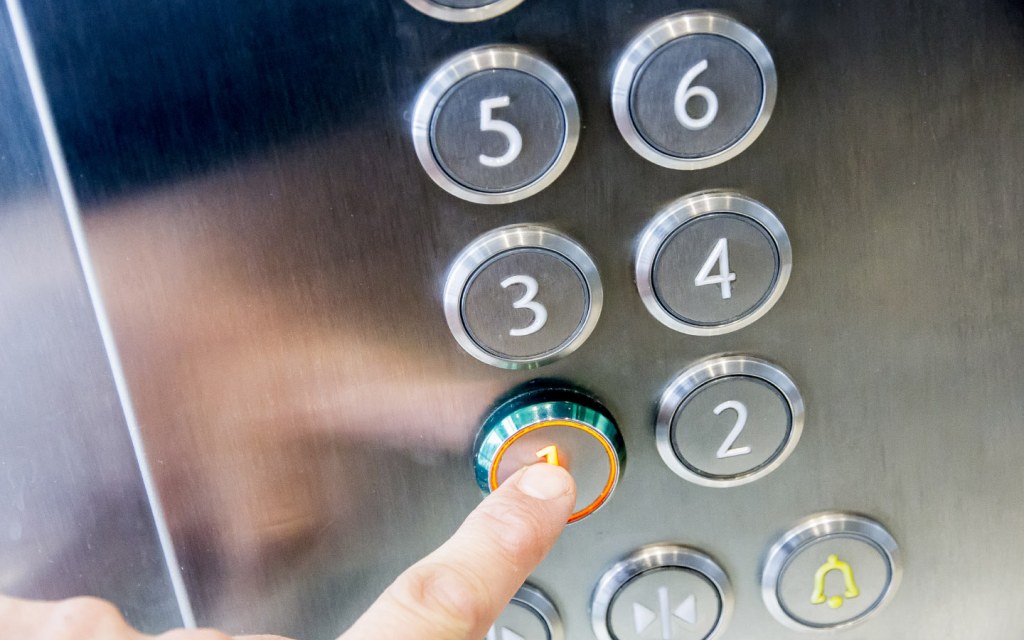
Apart from making sure if the stairs are clean, also check if there are any broken steps or missing tiles. Inspect the handrails and make sure the stairs are kid-friendly, which basically means the steps aren’t too high and the wall or the grill on the other side is sturdy enough to not topple over. Moreover, ask your landlord if there is a separate fire exit.
If the building has an elevator, try it a couple of times to see if it’s functioning properly. If there are any missing buttons on the panel or if the lift has any other issues, inform the property manager as soon as possible.
Apartment Inspection Checklist
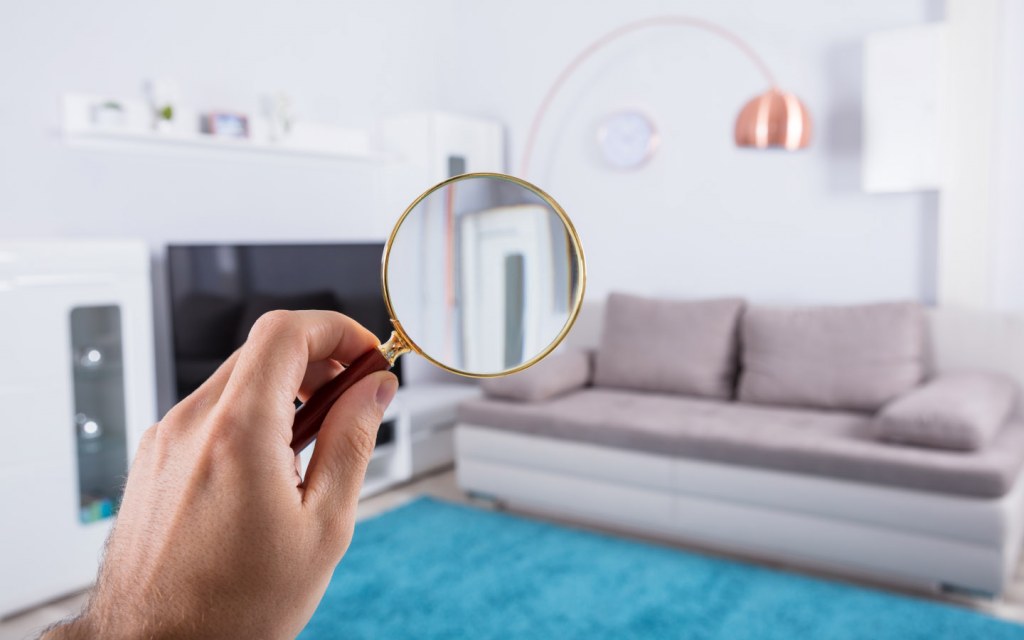
An apartment inspection before moving in is extremely important. Once you are done with the overall building inspection, take a look at the unit you will soon be living in. Here is the apartment inspections checklist you should keep in mind while touring the place.
7. Walls
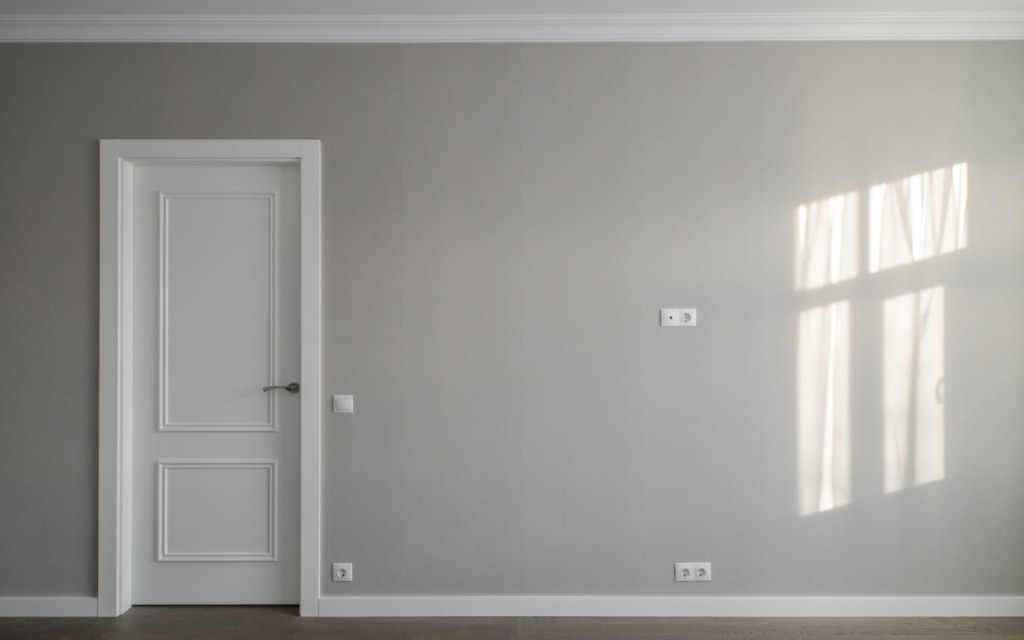
Just as you did during the building inspection, take a close look at the walls of the apartment. If you spot any cracks or dents in the walls, remember it could be an indicator of structural damage. As for any visible nail holes in the wall, ask your landlord to have them fixed. Any such damage is important to point out during the initial apartment inspection so that the owner can’t later blame you for it.
Check for water stains as well. If the apartment has been recently repainted, you probably won’t be able to spot the water damage. However, if there are any visible stains, inquire the owner about them. In addition to that, also make sure the walls aren’t crumbling or bowing in any place, as this could be extremely dangerous for you and your family’s safety.
8. Floors
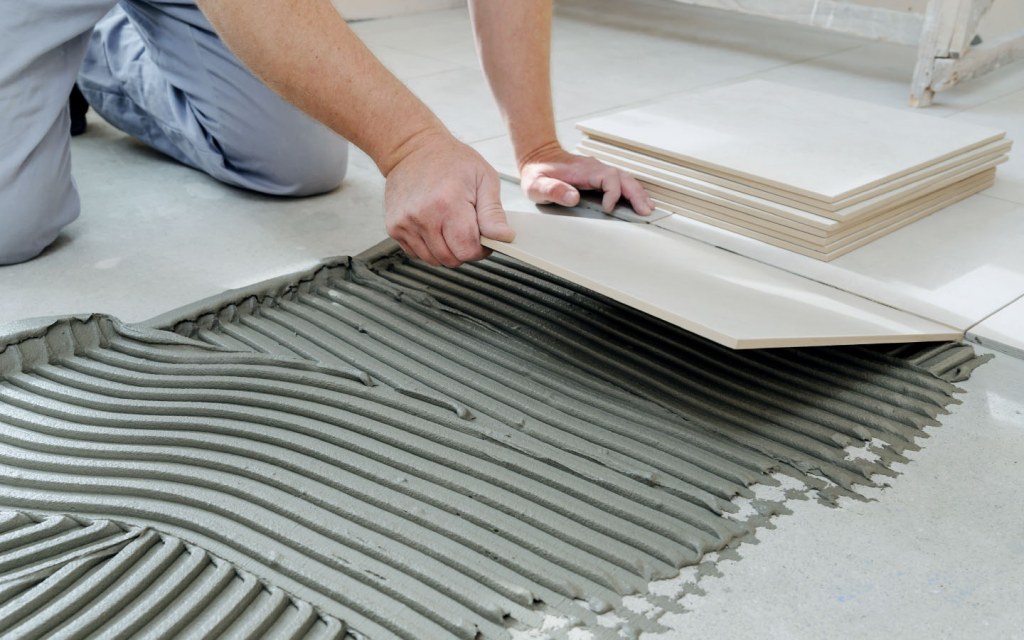
If the apartment has wall-to-wall carpeting, ask the landlord if it’s possible to take off the caret and send it for a wash. Apart from being unhygienic, it could also be hiding mouldy floors. You also need to check if the carpet has any visible tears and stains. If you come across something, take a photo so you could compare it later.
If the floor is tiled or marbled, look for any chipped edges and missing or cracked pieces. It’s usually not easy to get a tile with the exact colour tone to match the rest, especially if they’re worn out. In the case of hardwood floors, which are rare, just make sure the surface isn’t scratched beyond repair and there is no extensive damage.
9. Ceilings

Ceilings are often overlooked during home inspections, even though they are probably the most important part of your apartment’s structure. After all, who would want their ceiling to suddenly cave in?
While inspecting the apartment, look for any cracks on the surface that could point towards structural damage. Similarly, if there are any holes in the ceiling that are allowing the draft to enter your unit, that’s a huge problem. Same goes for severe buckling or water stains, which indicate leaking in water or sewage pipes.
If the apartment building has a false ceiling, make sure the tiles above your head are perfectly placed within their frame and aren’t coming loose at any spot.
10. Windows
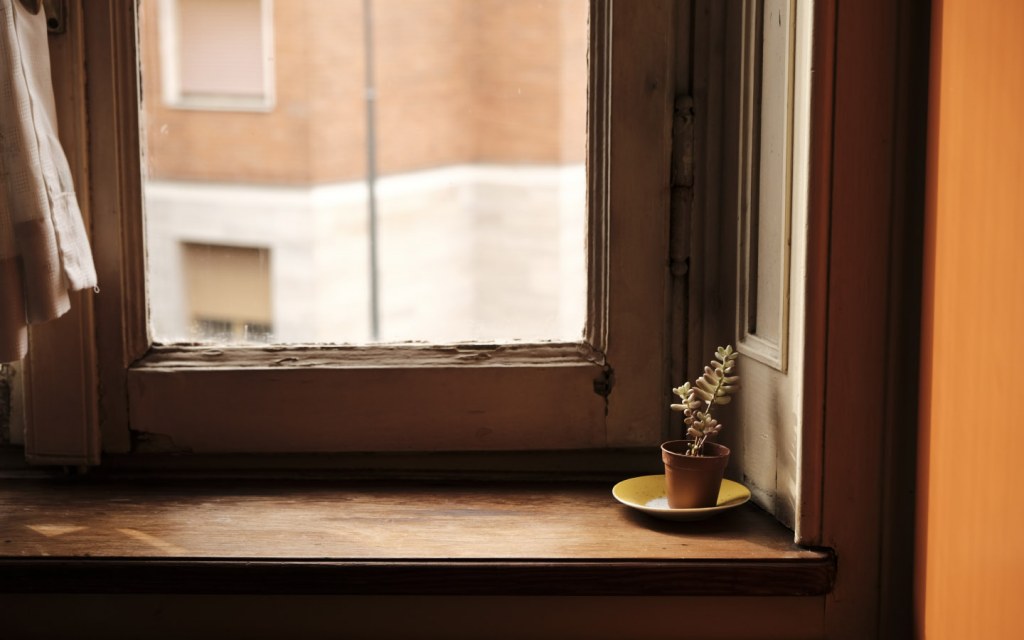
While checking the windows, confirm they are all intact and have no cracks or other flaws – including broken glass or torn screen. If there is a metal grill outside your window, make sure it is sturdy and in good condition.
All windows must be functional, which means you should be able to easily open and close them. Each window must also have a safety lock to avoid any unfortunate incidents involving your kids or pets. If there is a curtain rod, verify that it has been installed properly. If there isn’t one, ask your landlord if you can install one yourself. In the case of blinds, open and close them a couple of times to ensure they are in good working order.
11. Doors and locks
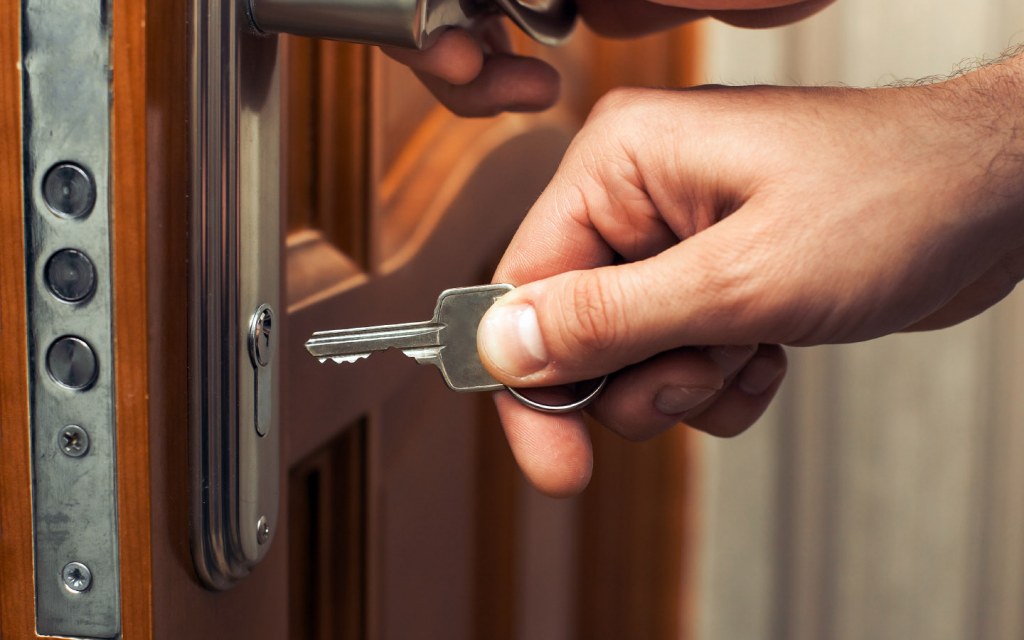
The doors must have functional locks and working handles. If the handles are too tight or loose, let the owner know immediately. Similarly, check all the locks in the internal apartment doors more than once and ask for their respective keys. If the apartment has an alarm system, request the landlord to explain how it works – even if you are aware of it.
Pro tip: Take a measuring tape and note down the exact length and width of each door. It would help you decide which piece of furniture you should take along to your new home. You can even include this in your inspection checklist so you don’t forget it when you get there.
12. Paint
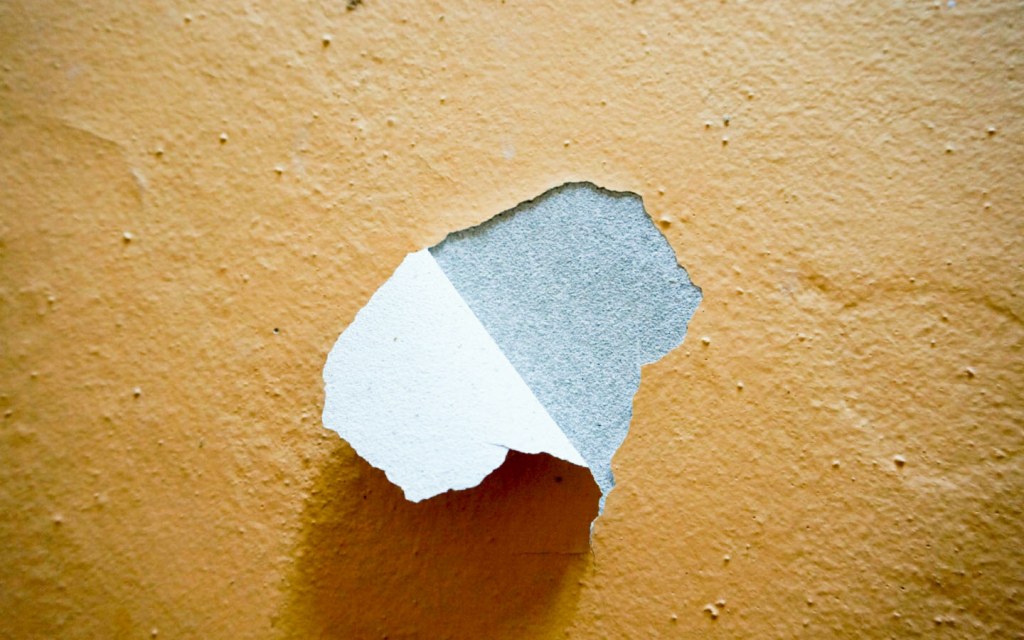
If the paint is chipped or peeling off, your landlord needs to fix that for you. Similarly, if the wallpaper is torn in places or is coming off the wall, point it out immediately and make a note on your apartment inspection checklist. You can also take a photo for good measure.
Generally, homeowners do minor renovation and repainting jobs before renting out the property, but in case they fail to mention it, ask them about it directly.
On the other hand, if the apartment has just been repainted and you spot a stain or a mark somewhere, show it to your landlord so you can’t be held accountable for it.
13. Plumbing
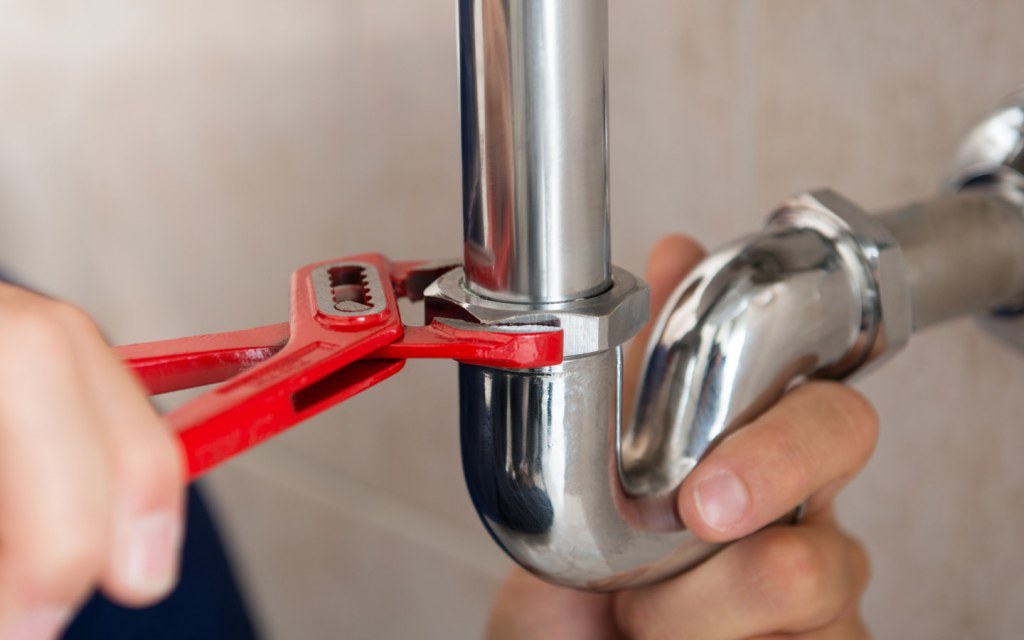
Start off by flushing every toilet in the apartment to check if the plumbing works properly. Secondly, turn on every faucet in the kitchen and all the bathrooms to ensure there are no leaks, drips, odours or discolouration caused by water damage under the sink and washbasins. You also need to check if the water is draining properly. Turn the hot water tap to make sure the geyser is in working order and turn on the overhead shower to check if it is spraying water all over the place.
If the bathroom or a kitchen has a musty odour, this might be due to water damage that is not yet visible to the eye. Moreover, make sure to ask about the condition of water and sewerage lines during the building inspection as well.
14. Electric Switches
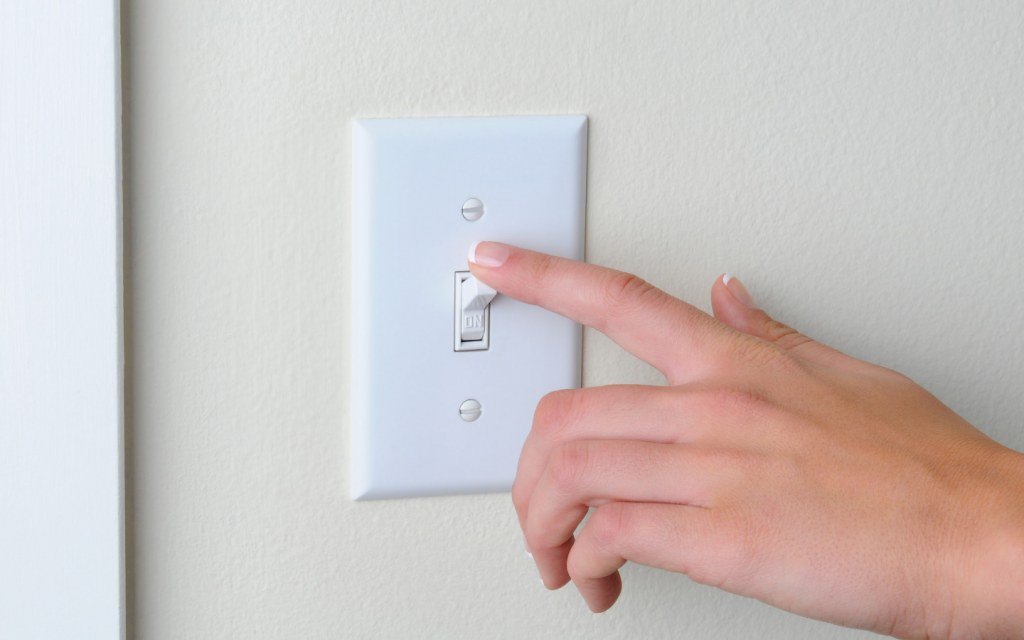
Flip every switch in the house to check if it’s working properly. If the light fixtures are empty, use your own electric bulb to see if they are functional. You can also check every electric outlet by plugging in your mobile charger.
It’s important to look for any non-insulated, broken or frayed wiring. If there are any electric appliances in the apartment, like a refrigerator or an air conditioner, do a thorough inspection by turning on the appliance and listening for any strange sounds or weird smells.
15. Gas Connection

If the apartment comes with a stove or a cooking range, turn on every burner to verify its working properly.
Take a look at the gas pipes behind the appliances and gauge their condition. If they look worn out, ask the owner to replace them. In case of a geyser or another similar gas appliance, ask the rental agent or the landlord to turn it on and off in front of you so can determine whether it’s in working order.
Moreover, make sure you don’t skip this step during your initial building inspection before moving in.
16. Infestation

Infestation is actually one of the biggest drawbacks of living in an apartment. If one unit in the building gets rats, for instance, the whole complex is likely to suffer the same fate in the next few days. While rodents are relatively easier to spot, bugs such as cockroaches and ants can be a nightmare to deal with.
Therefore, as soon as you enter the apartment for inspection, keep an eye out for any rat droppings. Open all the cabinets, closets and drawers in the house to see if there are any tiny bugs crawling around. If you come across something, notify the owner so they could arrange for a fumigation service.
So, what are some of the other things you make sure to check during apartment and building inspections before moving in?
Meanwhile, if you are moving into a house, here is the complete house inspection checklist for new renters.



